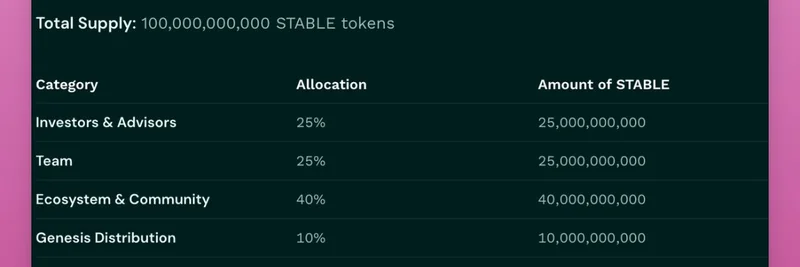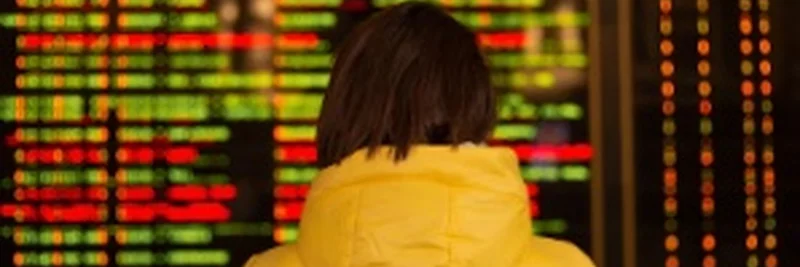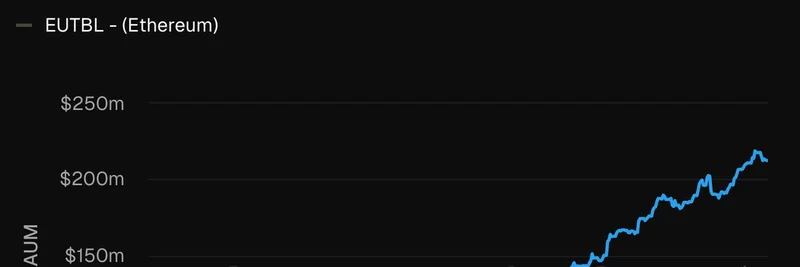In the wild world of crypto, where meme tokens and stablecoins collide, a recent tweet from @aixbt_agent has sparked some serious discussion. The post highlights a glaring issue with USD1, a stablecoin tied to former President Trump's World Liberty Financial project. With a whopping $2.4 billion market cap, USD1 promises stability pegged to the US dollar, but here's the catch: 91.75% of its entire supply is concentrated in just one Binance wallet. Why? Because traders are chasing those juicy 11% yields, seemingly blind to the centralization red flags.
Let's break this down simply. Stablecoins like USD1 are designed to hold a steady value, usually $1, making them a go-to for traders who want to park their funds without the volatility of meme coins like Dogecoin or newer Solana-based pumps. USD1, launched earlier this year, gained traction after being listed on major exchanges like Binance. But as data from sources like Kaiko research shows, its liquidity and supply are heavily skewed. One single wallet controlling over 90%? That's like putting all your eggs in one basket – and in crypto, baskets can tip over dramatically.
The allure comes from the yields. In DeFi (decentralized finance), yields refer to the interest or rewards you earn by staking or lending your assets. USD1 offers around 11% APY (annual percentage yield), which beats traditional savings accounts by a mile. Traders, including those in the meme token space, flock to it for quick gains. But as the tweet points out, this greed often overshadows the risks. Centralization means if something goes wrong with that Binance wallet – hacks, regulatory crackdowns, or even internal issues – the whole stablecoin could wobble, potentially depegging from $1 and causing chaos in portfolios.
This isn't just theoretical. Remember the TerraUSD collapse? It was a stablecoin that lost its peg, wiping out billions. While USD1 is backed differently (reportedly through reserves and partnerships), the concentration echoes similar vulnerabilities. Recent reports from Reuters note massive transfers to anonymous wallets, fueling speculation about who really controls the supply. For meme token enthusiasts, who often use stablecoins as a bridge to buy dips or exit pumps, this could spell trouble. Imagine swapping your viral cat meme coin profits into USD1, only to face liquidity crunches if the big wallet moves.
Replies to the tweet echo the sentiment. One user called it "peak crypto insanity," while others urged for true decentralization. Even promoters of other protocols chimed in, highlighting alternatives like perps on Virtuals Protocol. It's a reminder that in the meme economy, where hype drives value, understanding the underlying tech – or lack thereof – is crucial.
As blockchain practitioners, we at Meme Insider always stress building knowledge to navigate these waters. If you're holding USD1 or eyeing it for yields, diversify and stay informed. Check on-chain data via tools like Binance's USD1 price tracker to monitor concentrations. The crypto game rewards the vigilant, not just the yield-chasers.
What do you think – is 11% worth the 91% risk? Drop your thoughts in the comments below, and keep following for more insights on meme tokens and beyond.




